Media buyers have said they expect a slight improvement in the UK ad market slump in June, but trading conditions remain extremely tough.
Industry sources suggested the decline is likely to be in the region of 45% or slightly better. That compares with an estimated 50% drop in April and May in the wake of the coronavirus lockdown that began on 23 March.
Some advertisers, including several in the worst-hit sectors such as travel and automotive, have been contacting agencies and media owners as they anticipate the UK government will continue to ease the lockdown during June.
Tim Pearson, chief executive of OMD Group UK, said: “Confidence is returning to the market and the recovery is under way in many sectors, but levels of caution and uncertainty remain high.
“We are now seeing investment going back into June, some of it using deferred spends from April and May. Greater activation of paused spend in June will improve the outlook for H2 [the second half of the year].”
Liam Mullins, managing partner at the7stars, Britain’s biggest independent media agency, said: “We believe that we are starting to see real signs of green shoots from advertisers as the lockdown eases.”
Clients that are willing to spend will “benefit from ‘never seen before’ value in the ad market” and could see a “significant” increase in share of voice that will drive market share, according to Mullins.
He was bullish about the extent of the possible recovery in June and suggested that there could be a “40-50% improvement” compared with the lows seen in May.
Most other industry sources were more cautious. A senior executive at a major agency group said there was a “gradual amelioration” but “I’m not hearing anyone saying there’s a significant pick-up in spend”.
A sales chief at a big media owner added the market is “really, really late” as clients have been delaying decisions on spend because of the lack of visibility.
Online direct-to-consumer brands have been among the most willing to spend, but “nobody knows what’s next and brands want to hang on to their money until the last minute”, the sales chief said, adding: “Are we seeing a bit of improvement? I’m not sure I’d say that yet. It’s marginal.”
Mullins acknowledged that advertisers still face “constraints”, including the challenge of making ads when social-distancing and lockdown rules apply, and there is also pressure on clients’ own businesses.
The7stars’ clients include First Rail, Ladbrokes Coral Group, Suzuki and TSB.
TV under pressure
Large parts of the ad market are expected to remain heavily subdued in June, although there is anecdotal evidence that online channels, including search and social, and news brands might be over the worst.
Simon Davis, chief executive of independent agency Walk In Media, said: “Television is still suffering the perfect deflationary storm of declining revenue and increased viewing, and might be hampered in mid-term recovery by the sudden stop on new programme production, which will affect audience [numbers].
“But we are now in the next phase, with advertisers actively planning how and when they can return, subject to significant operational challenges.
“Recovery will be category-driven as lockdown is eased, so I would expect retail and travel to return fairly sharply, but with slower returns for automotive and finance.
“Media vendors will be hoping that the unspent H1 budgets will have been partially deferred to H2, but I think this is unlikely as advertisers use marketing spend to support their bottom lines.”
Davis suggested that “significant flexibility will be required going forward to incentivise advertisers to spend again, to allow for the highly changeable environment”.
Past the worst?
Stephen Woodford, chief executive of the Advertising Association, was optimistic but cautious.
“We are beginning to see some precursors of recovery, but they are fragile at best,” he said.
“Increased new-business activity, with pitches being run and won in lockdown, the publishing of Covid-safe commercials production guidelines and companies across our industry publicly sharing return-to-office plans all indicate a sense of being past the worst.
“Alongside these, [there is] the potential opening of non-essential retail next month, the improvement in the purchasing managers’ index and all parts of the economy exploring Covid-safe ways of working and operating.”
Woodford added that “confidence” is “critical as we look for the first, real green shoots in the form of increased advertising investment”.
The AA and Warc published a forecast at the end of April that suggested the UK ad market would fall by 39% in the second quarter, 24% in the third quarter and 9% in the fourth quarter.
This article was originally published in Campaign.

